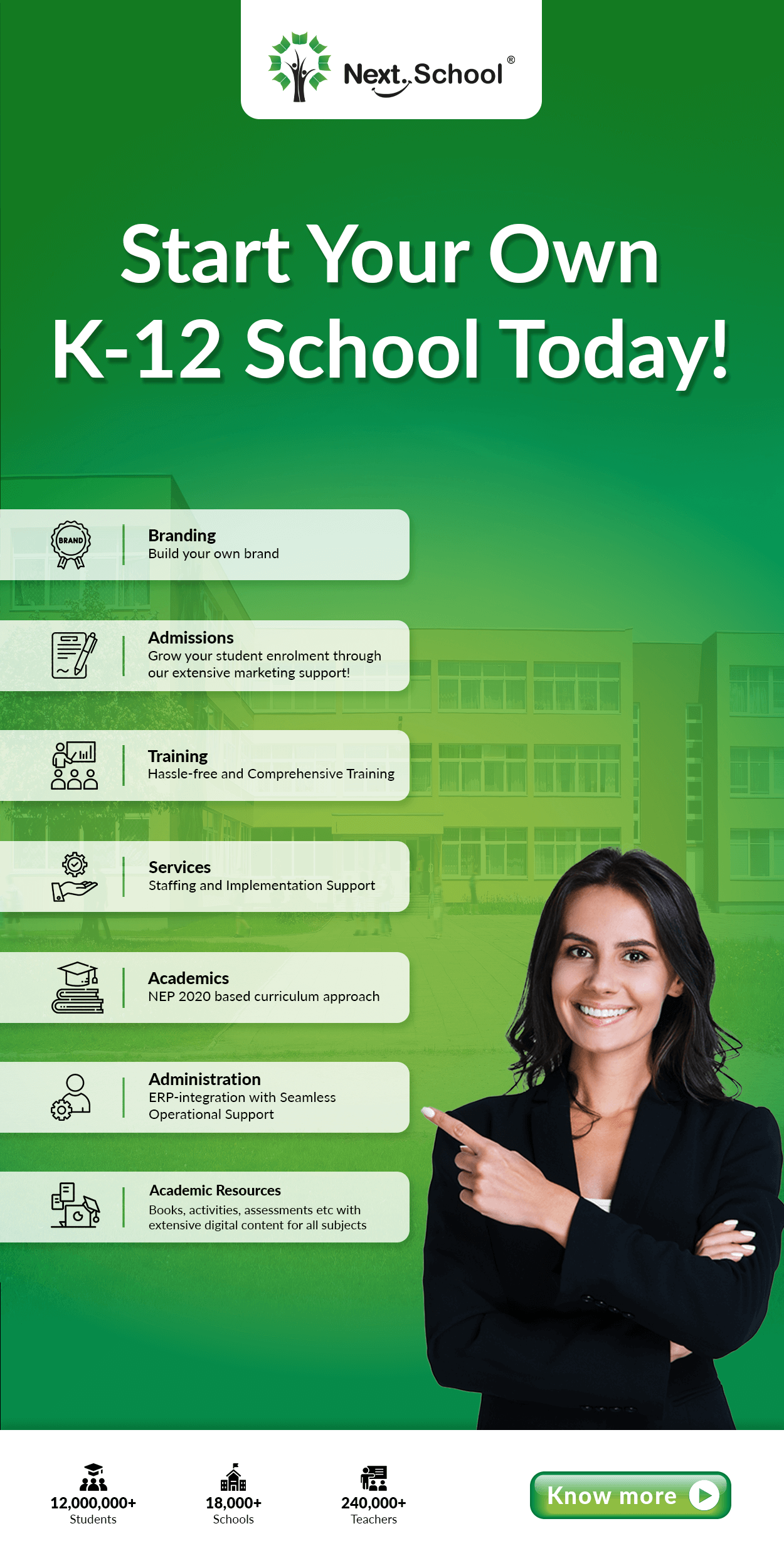Making Schools Child-Ready During The Pandemic

As schools have reopened for in-person study sessions, they have given parents a big reason to worry. Sending them out in a dangerous environment after six-eight months of protection is a major concern. The pandemic has created an unfamiliar situation. No one is fully equipped with a definite method to cope with this problem. However, parents and caregivers do not have many alternatives. It is very important to work together to eliminate all possible risks that may affect children. Parents and teachers must work together to make the environment safe for the little learners. While parents educate kids about contacting the virus, teachers must arrange for safety from it. It requires a combined effort of staff and students to fight the ill effects of Coronavirus.
Child’s Age Matters
Knowing the right information will help you give better protection to children. Parents and teachers will be happy to know kids are safer at least in one aspect. Children are less likely to contribute to the spreading of the Coronavirus than their adult counterparts. Research backs this fact so there is no scope for doubt. The research also added that kids neither spread it among themselves nor do they give it to adults. In the US, hospitalisations related to Covid-19 were more than 20 times lower in children when compared to adults. A study of schools in New South Wales, Australia reveals secondary attack rate i.e., rate of person-to-person spreading is less among kids than adults. While the secondary attack rate among adults is 4.4%, among children it’s only 0.3%.
School Is Not The Same Anymore
Now that you know of the reduction to children, let us look at how we can mitigate the risk further. As we go back to in-person teaching/learning, a few changes to schools are a must. Schools must be equipped with things crucial in preventing the spread of the pandemic. The first and most important requirement is to have a testing facility. Children even with mild symptoms should remain at home until they recover completely. This way you will be saving the others from infection and reducing the number of students per class.
Next in importance are masks. Students must be instructed to wear their masks while entering school and keep it on while in groups. If there is someone who doesn’t have a mask the school must be equipped to provide it. It is important for schools to stock hand sanitizers and place them in frequently visited places. Enough house-keeping staff to maintain cleanliness within the school is a must-have for education to continue smoothly during Covid-19.
Welcoming Structural Changes
Classrooms can no longer be crowded with kids sitting too close to each other. The pandemic demands social distancing and we cannot make an exception for children, although it seems easier. Schools can choose from several methods to enforce social distancing among students. Even a three feet distance between desks is effective in keeping children safe. This rule, however, does not apply to teachers or other adults who are part of the school’s system. Posters that announce the rules should be in every part of the school. People at the school should be reminded repeatedly to keep washing their hands whenever they touch something. Using a hand sanitizer is also a healthy alternative. Wearing a facemask that properly covers the mouth and nose should be emphasised.
One idea of social distancing is that a class of 30 children be into groups of 10. Social distancing becomes easier in this kind of arrangement. Keep the doors and windows as much as possible. Arrange for children to enjoy their recess time in open spaces. This will reduce the risk of spreading the virus among people.
Emotional support is crucial for a child attending school during a pandemic. Children need to know that there is no need to panic about the virus all the time. At the same time, they must know that taking precautions is important to stay safe. Children must be educated about their own safety and that of others around them.
Say No To Gatherings
A school is a place where many children come together. All the activities that require collective participation can put kids at high risk. As suggested by the U.S. Centres for Disease Control and Prevention it is best to cancel assembly, cafeteria lunches and other group meetings. Taking this step will mitigate the risk to a great extent. Set new rules that encourage children to eat at their desks instead of mingling with people around them. Make the morning prayer an individual activity. Instead of having children move from one room to another, ask the teachers to go from class to class.
Apply this rule for commuting too. Reduce the capacity of school buses largely. Even within the bus, ensure a minimum of three feet distance between children. Emphasise the use of a sanitizer before and after the bus journey. Talk to parents about dropping their kids to school every day. Encourage as many parents as possible to do this. This way at least children will be safer while commuting to school.
Adhering to these simple precautions, you, as parents and educators can provide a safer environment for your child. It is a win-win situation, as you will not even be compromising on your child’s quality of education.

